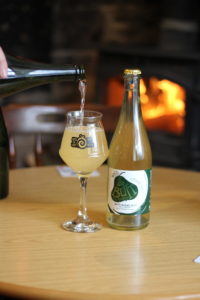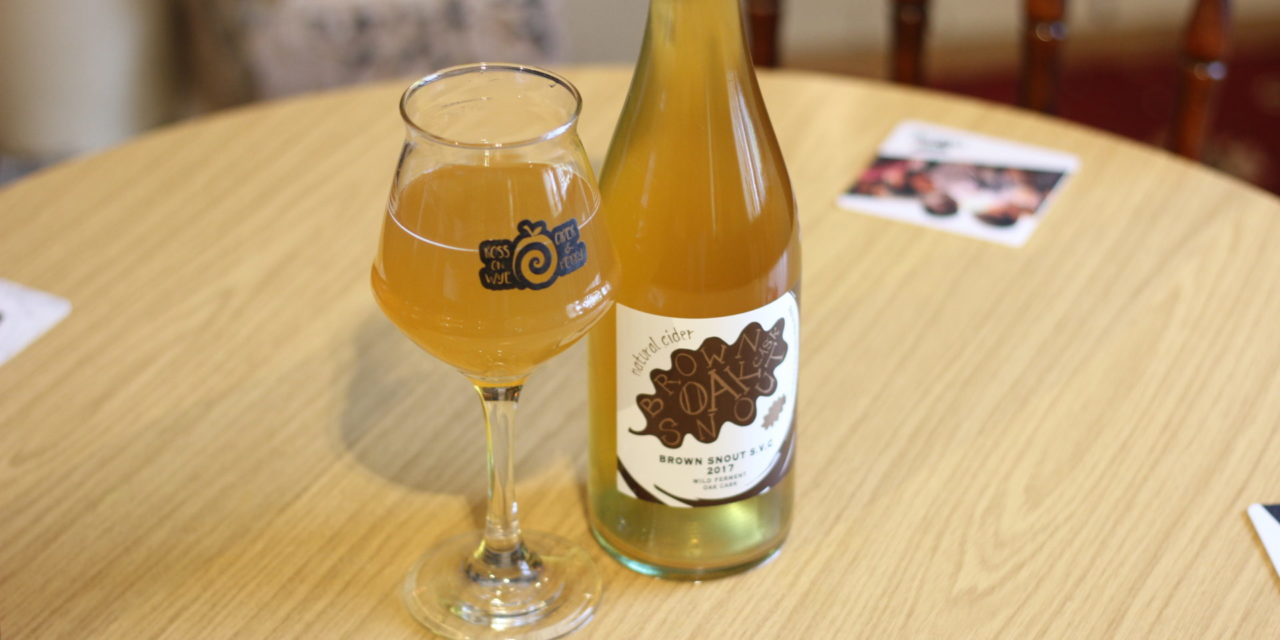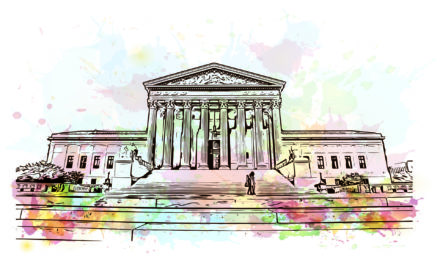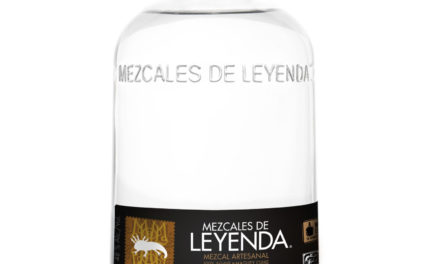Plans for your new restaurant and bar are coming along nicely, menus under development and paint colors picked out. What, then, are you going to do about selecting glassware? The answer to that question will depend much on the vibe you’re going for. If it’s a neighborhood place geared toward family nights out, you might keep it simple: one glass for wine, one for beer, and a couple for cocktails. If you’re aiming for more high concept, you may need to sort through the hundreds of specialized glasses made by the likes of Riedel or Spiegelau.
 And what if you’re also planning a cider menu? With some exceptions, such as for the ciders of northern Spain, few glasses have been designed with cider specifically in mind. The question isn’t purely academic. Studies show that customer opinion and behavior can be significantly influenced by the glass in which a beverage is served. Research conducted at the UK’s University of Bristol, for example, demonstrated that people drink beer served in a straight-sided glass more slowly than a curvy one, which can impact sales.
And what if you’re also planning a cider menu? With some exceptions, such as for the ciders of northern Spain, few glasses have been designed with cider specifically in mind. The question isn’t purely academic. Studies show that customer opinion and behavior can be significantly influenced by the glass in which a beverage is served. Research conducted at the UK’s University of Bristol, for example, demonstrated that people drink beer served in a straight-sided glass more slowly than a curvy one, which can impact sales.
For cider, then, the glass(es) you choose may depend on how you want the customer to view the ciders you’re serving. Albert Johnson, cider maker at Ross on Wye Cider & Perry Company in Herefordshire, England, knows this first-hand. “[In 2018], we started to really shift focus to promoting the quality of our cider,” says Johnson. “To do that, we needed several markers that would set it apart from both traditional farmhouse cider—often seen as a low-value product and a bit ‘rough’ (whether it’s true or not is debatable)—and mainstream commercial cider served exclusively by the pint to guzzling drinkers not so concerned with complexity of flavor.”
One thing that’s worked is glassware. “I had used a ‘Teku’ glass [when pouring] at a brewery taphouse in London and been impressed by it,” continues Johnson. “Whilst it was designed by beer sommeliers to improve aromatics, etc., it’s arguably the feel and grandeur of the glass that has the biggest and most obvious impact on our drinkers.
“When served a cider in a stemmed, two-thirds pint glass instead of yet another straight glass associated with ale or lager, expectations and assumptions totally change. You can see it in [a customer’s] eyes when you lift the glass over the bar counter: ‘Wow. This cider must be good if it comes in a glass like that.’”
In Johnson’s experience, challenging assumptions has clear benefits. “I’ve had people coming back to the bar and asking for a second but different cider, because although they didn’t like the first one, the glass was so good they wanted to keep using it. By serving cider in a glass that’s got a bit about it, it emphasizes the message that your cider has had thought put into it. It makes the drinker stop and consider why they’ve been given an unusual glass,” and makes the customer’s experience that much more memorable.
In part, such successes are tied to defying expectations, but it also suggests that the right glass can impact sales and, ultimately, your bottom line.











